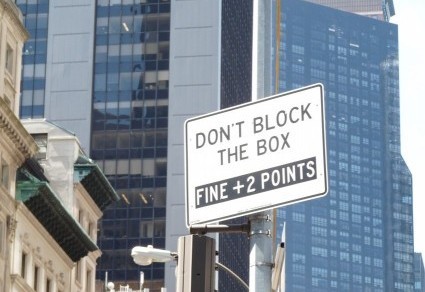Today’s theme is zero, with a short excursion into negative territory. First up is this sign, which I spotted while watching the New York City Marathon around mile 17:

I have to admit the statement is catchy. Who wouldn’t want to travel 0 MILES to reach a destination? But the emphatic O MILES obscures a different problem: 2.6 carbs and 95 cals (calories) in . . . well, in what, exactly? A thimble, a jug, or a barrel of BEER? The sign is akin to boasting of something’s being voted “the best” without specifying who cast ballots — perhaps the general public, experts in the field, or the owner’s two best friends. Context matters.
So does clarity:

Performing Arts for All Ages is clear, but the age range is puzzling. How does a 0-year-old engage in performing arts? Also, for how long is someone 0 Years old? Does enrollment take place during labor or at the moment of delivery?
Here’s a sign I saw in Madrid, Spain:

Translation: GROUP ZERO / POETRY AND PSYCHOANALYSIS. I won’t speculate why the group named itself ZERO or what happens in the illustrated room, with its flat couch and rather authoritative-looking chair. Feel free to send me your thoughts on how GROUP CERO might be combining POESIA and PSICOANALISIS.
Worse than zero problems are negative ones, as in this sign in a clothing store:

I understand, but object to, the labels attached to floors 2 and 1, partly because clothing doesn’t have to be sorted into rigid gender categories but mostly because the sign indicates two individuals: a Man and a Woman. (Otherwise the terms would be Men and Women.) The real problem, for me, is Kids -1. Having shopped with kids, I understand the temptation to drop one, but that temptation should be resisted, not codified. Or perhaps this is where you outfit kids who are 0 years old for their performing arts classes? But wouldn’t the floor be 0 in that case? Perhaps they sell maternity clothes there?
I welcome your theories about any of these signs and wish you zero problems in formulating them.






